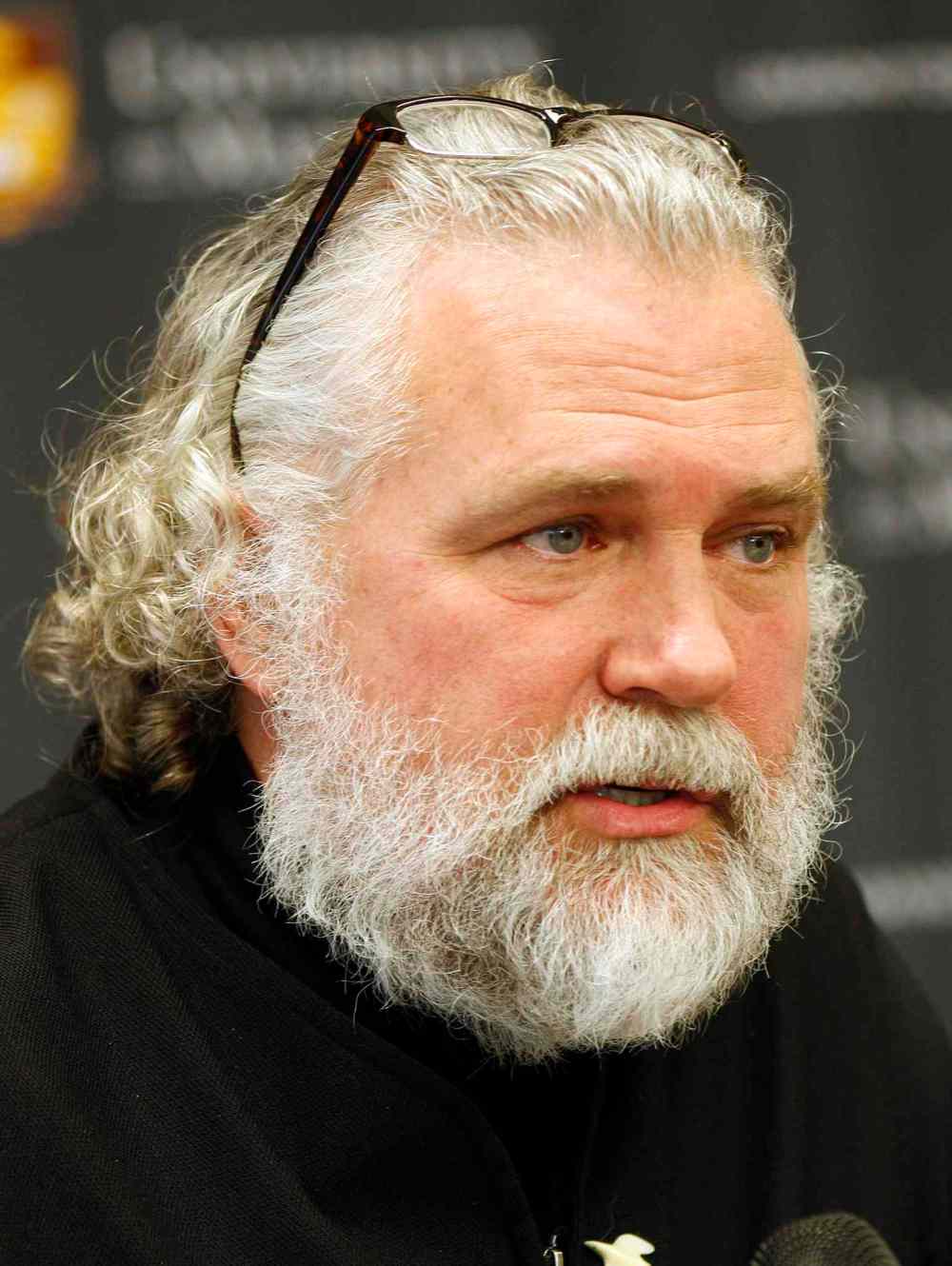U of M’s Barber to be chief scientist in sea ice expedition
Advertisement
Read this article for free:
or
Already have an account? Log in here »
To continue reading, please subscribe:
Monthly Digital Subscription
$0 for the first 4 weeks*
- Enjoy unlimited reading on winnipegfreepress.com
- Read the E-Edition, our digital replica newspaper
- Access News Break, our award-winning app
- Play interactive puzzles
*No charge for 4 weeks then price increases to the regular rate of $19.00 plus GST every four weeks. Offer available to new and qualified returning subscribers only. Cancel any time.
Monthly Digital Subscription
$4.75/week*
- Enjoy unlimited reading on winnipegfreepress.com
- Read the E-Edition, our digital replica newspaper
- Access News Break, our award-winning app
- Play interactive puzzles
*Billed as $19 plus GST every four weeks. Cancel any time.
To continue reading, please subscribe:
Add Free Press access to your Brandon Sun subscription for only an additional
$1 for the first 4 weeks*
*Your next subscription payment will increase by $1.00 and you will be charged $16.99 plus GST for four weeks. After four weeks, your payment will increase to $23.99 plus GST every four weeks.
Read unlimited articles for free today:
or
Already have an account? Log in here »
Hey there, time traveller!
This article was published 13/04/2015 (3880 days ago), so information in it may no longer be current.
Renowned University of Manitoba Arctic researcher Prof. David Barber is leading an international sea ice expedition off the northeast coast of Newfoundland and Labrador.
Barber, Canada Research Chair in the Clayton H. Riddell Faculty of Environment, Earth, and Resources, will be the chief scientist aboard the CCGS Amundsen during an 18-day expedition.
Partners include ArcticNet, a Network of Centres of Excellence of Canada, Statoil Canada, the Research & Development Corporation of Newfoundland and Labrador (RDC) and Husky Energy. They are developing a new research and technology program on board the Canadian research icebreaker CCGS Amundsen.

The collaboration will bring together the best expertise in academia and industry to collect scientific data and execute full-scale field testing of key technologies that are critical to understanding offshore and harsh weather environments, U of M officials said. With a key focus on performing a safe expedition, this unique project will help improve safety practices related to ice hazard mitigation and provide insight on technology requirements specific to cold ocean regions.
From April 17 until May 4, a team of 40 Canadian and international scientists and technical staff from ArcticNet, Statoil, and partner organizations as well as local Newfoundland and Labrador researchers, will study meteorological, sea ice, iceberg and environmental conditions and assess new data collection technologies in the study area northeast of Newfoundland and Labrador.
This is not the first time Barber has been in charge of the research teams aboard the Amundsen: In 2007 he led the largest International Polar Year project – the Circumpolar Flaw Lead System study, which involved over 300 scientists from around the world and marked the first time a research vessel overwintered in a flaw lead.
History
Updated on Tuesday, April 14, 2015 3:26 PM CDT: Clarifies in 2007 the Amundsen overwintered in a flaw lead.

